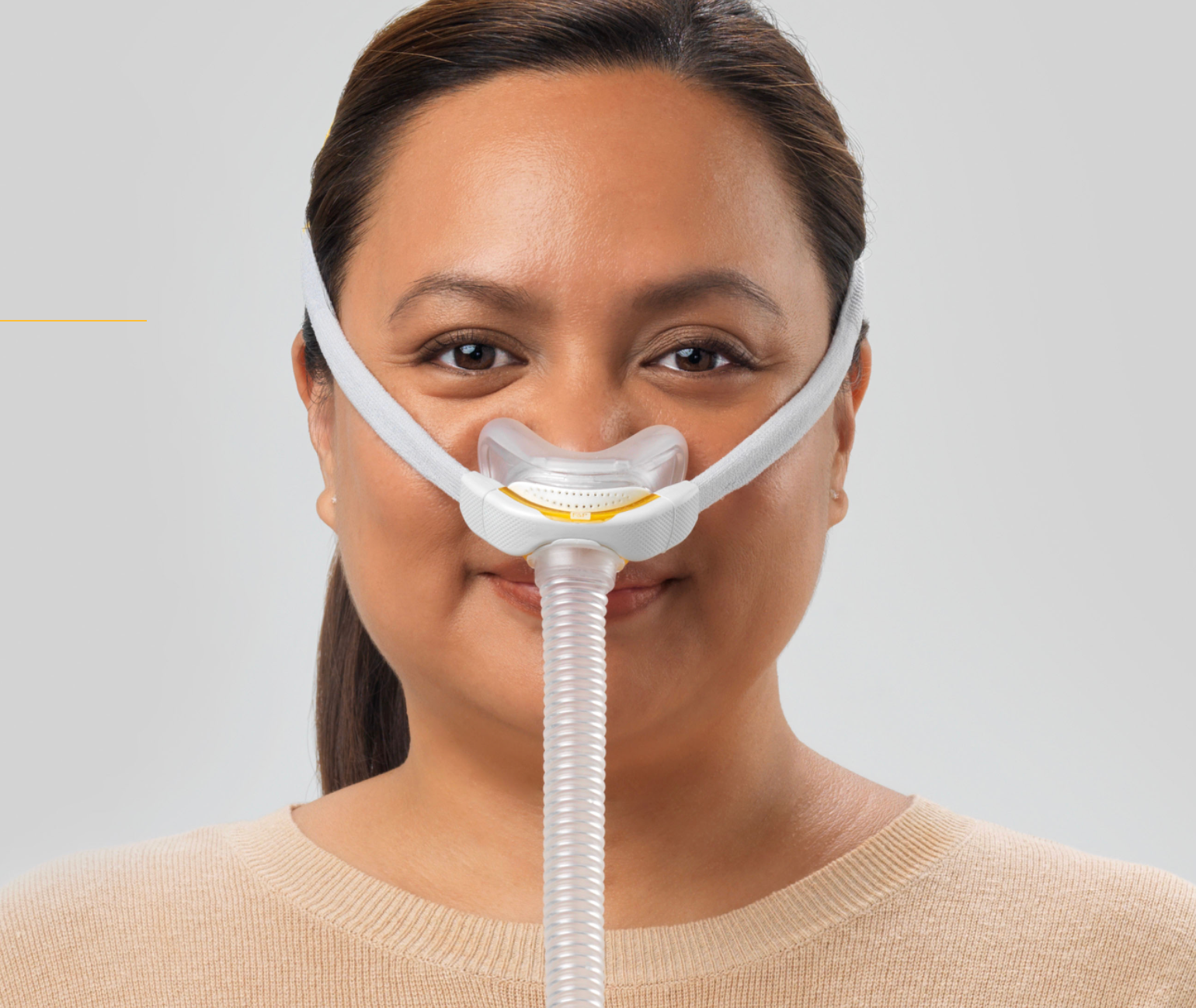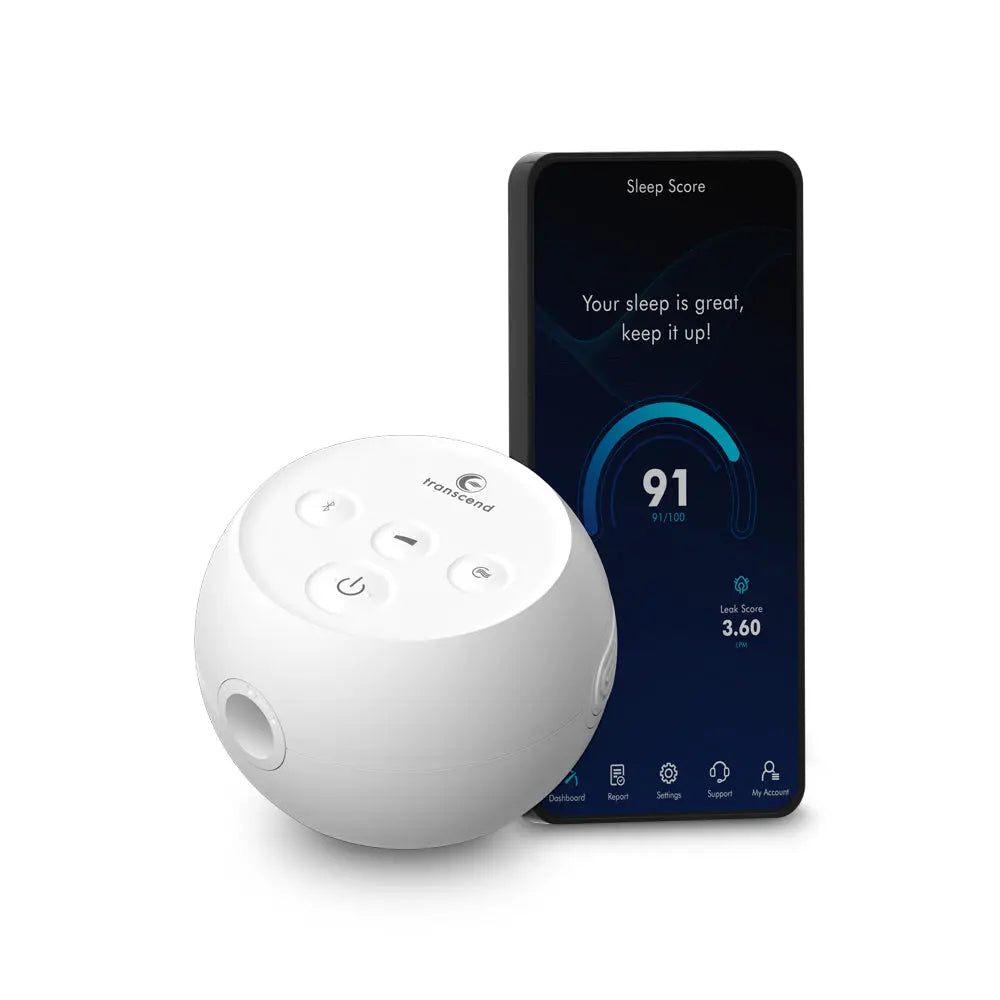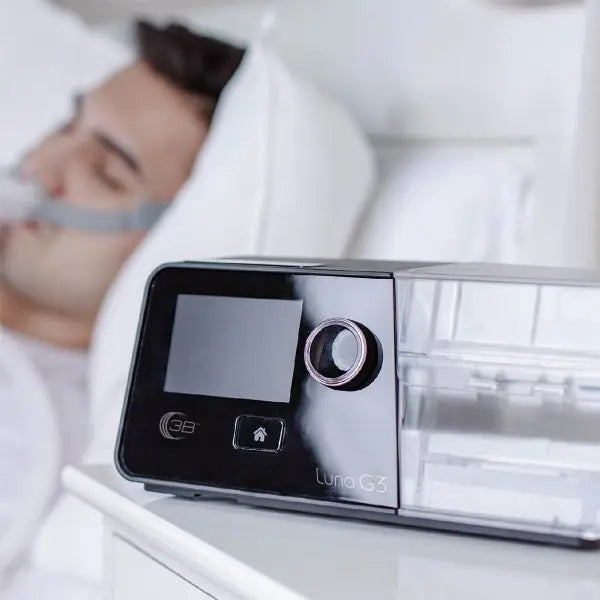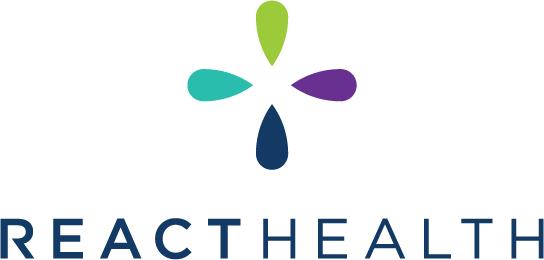Unlocking Better Sleep: The Power of ResMed’s CPAP Innovations in 2025
Sleep apnea affects millions, disrupting rest and impacting long-term health. In 2025, ResMed continues to lead the charge in CPAP therapy, blending innovation with user-focused designs to make treatment more effective and comfortable. Whether you’re new to CPAP or a seasoned user, understanding the latest tools and strategies can unlock nights of restorative sleep. Let’s dive into what makes ResMed’s offerings stand out, explore practical ways to stick with therapy, and highlight fresh research shaping the future of sleep health.
Why ResMed Remains a Game-Changer in 2025
ResMed’s reputation as a CPAP pioneer stems from its commitment to evolving technology. The AirSense 11, a flagship device, exemplifies this with its sleek touchscreen, auto-adjusting pressure settings, and integrated humidification. Unlike older models, it syncs seamlessly with the myAir app, offering real-time feedback on usage, mask fit, and sleep patterns. This data empowers users to tweak their therapy for better results. For travelers, the AirMini—compact yet powerful—delivers the same reliability in a portable package, perfect for those on the go.
What sets ResMed apart isn’t just hardware. Their 2025 lineup emphasizes personalization. The AirSense 11’s algorithms adapt to breathing patterns, reducing discomfort from sudden pressure changes. Meanwhile, features like Climate Control adjust humidity based on room conditions, tackling dryness that frustrates many users. These details matter—studies show consistent CPAP use lowers risks of heart disease and stroke, making adherence a health priority.
Exploring ResMed’s AirFit Mask Lineup
Masks are the heart of CPAP comfort, and ResMed’s AirFit series shines here. The AirFit P30i, a nasal pillow mask, offers a top-of-head hose design that frees up movement, ideal for active sleepers. Its soft cushions minimize irritation, with user feedback praising its lightweight feel. For full-face users, the AirFit F30i balances a secure seal with an open-field view, reducing claustrophobia. New in 2025, the AirTouch N30i introduces memory foam cushions for a plush fit, catering to sensitive skin.
Choosing the right mask depends on sleep style and facial structure. Side sleepers might lean toward the P30i, while mouth breathers often prefer the F30i’s stability. ResMed’s sizing guides and virtual fitting tools, available online, simplify the process. Regular cleaning—using mild soap and water daily—extends mask life and prevents leaks, a tip echoed by sleep specialists.
Mastering CPAP Compliance
Sticking with CPAP therapy can feel daunting, but small habits make a big difference. Start by easing into usage: try wearing the mask during daytime activities, like watching TV, to build comfort. Setting a consistent sleep schedule reinforces routine, while keeping the device bedside eliminates excuses. If mask leaks persist, adjusting straps or consulting a provider for a refit can solve the issue.
The myAir app doubles as a motivator, gamifying progress with scores and tips. Users who check it daily report higher adherence rates. Another pro move? Engage with online communities—forums like CPAPtalk.com buzz with real-world advice, from troubleshooting to travel hacks. If therapy feels overwhelming, talk to your doctor about pressure tweaks or bilevel devices, which offer gentler airflow for exhale-sensitive users.
New Research Shaping Sleep Apnea Care
Exciting studies in 2025 are expanding our understanding of sleep apnea. Research from the American Academy of Sleep Medicine highlights CPAP’s role in improving cognitive function, with users showing sharper memory after six months of consistent use. Another study links untreated apnea to higher inflammation markers, underscoring therapy’s protective effects. Wearable tech, like smartwatches, is also gaining traction for early apnea detection, potentially catching cases before symptoms escalate.
ResMed’s investing here, too. Their trials explore AI-driven diagnostics, aiming to predict apnea events before they disrupt sleep. While still in early stages, this could mean smarter machines that preempt issues, boosting comfort and outcomes. For now, pairing CPAP with lifestyle changes—like weight management or positional therapy—amplifies benefits, as recent data confirms.
Tips for 2025: Making CPAP Work for You
- Optimize Your Setup: Place the CPAP on a stable surface, away from clutter, to avoid hose tangles.
- Travel Smart: The AirMini’s carry case fits most airline regulations—check TSA guidelines for hassle-free flights.
- Stay Curious: Follow ResMed’s blog for updates on firmware upgrades or mask releases.
- Track Progress: Use myAir weekly to spot trends, like leaks, and address them fast.
CPAP therapy isn’t just about managing apnea—it’s about reclaiming energy, focus, and health. With ResMed’s 2025 innovations, from intuitive devices to cozy masks, the path to better sleep feels more achievable than ever. What’s your next step to mastering your CPAP journey?
Bibliography:
- American Academy of Sleep Medicine. Sleep apnea treatment and cognitive outcomes. Sleep Med J. 2025;12(3):45-52.
- ResMed. AirSense 11 user guide. San Diego, CA: ResMed Corp; 2024.
- National Sleep Foundation. CPAP adherence strategies. Sleep Health. 2024;10(2):89-95.
- Johnson K, et al. Inflammation and untreated sleep apnea. J Clin Sleep Med. 2025;15(1):23-30.








Leave a comment
This site is protected by hCaptcha and the hCaptcha Privacy Policy and Terms of Service apply.